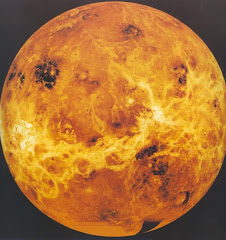Εκτόξευση : 22.10.2008
Chandrayaan - 1
The spacecraft will reach the moon in about two weeks. It will take several days for the Chandrayaan-1 to reach its lunar transfer orbit, and then it will take about 5 days to reach the moon. Once the spacecraft is orbiting the moon, it will progressively lower its altitude through propulsive maneuvers to reach its final 100 km-high circular orbit.
Chandrayaan-1 is a truly international mission, with payloads from Europe as well as the United States. NASA's contribution includes the Moon Mineralogy Mapper, designed to look for lunar mineral resources, and an instrument known as Mini-SAR, which will look for ice deposits in the moon's polar regions. Engineers from the Jet Propulsion Laboratory are also providing backup navigation assistance to the Indian Space Agency in Bangalore, India.
At the earliest opportunity, the spacecraft will eject the ‘Moon Impact Probe’ to provide information about the lunar surface. The mission will then continue from orbit, with remote-sensing studies carried out by its 11 scientific instruments. Three of these instruments were provided by Europe (UK, Germany, Sweden) through ESA.
At the earliest opportunity, the spacecraft will eject the ‘Moon Impact Probe’ to provide information about the lunar surface. The mission will then continue from orbit, with remote-sensing studies carried out by its 11 scientific instruments. Three of these instruments were provided by Europe (UK, Germany, Sweden) through ESA.




















Δεν υπάρχουν σχόλια:
Δημοσίευση σχολίου